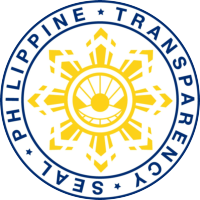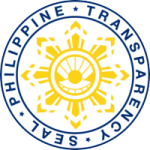Proponent(s)
Abstract
While the use of satellite maps and images in fast evaluations has a number of benefits, concerns about the validity and reproducibility of data generated are always present. After Typhoon Haiyan struck Tacloban City on November 8, 2013, this study employed satellite maps and pictures to swiftly assess the extent of damage, the number of affected households, the number of affected individuals, and the condition of roads and bridges. Cohen's Kappa and Intraclass Correlations (ICC) were used to evaluate the validity and consistency of visual damage assessment data collected from pre- and post-satellite maps. The findings indicate that the use of satellite maps and imagery is valid and reproducible; however, the results for estimates of affected households and individuals are poor to moderate, implying that assessors for this parameter should have a background, training, and experience performing visual rapid assessments. This strategy has a number of advantages, but it also has a number of disadvantages. This study describes the processes involved in visual data interpretation utilizing satellite maps and photos; it also makes ideas for improvement. The use of satellite maps and images may be used in situations requiring rapid data collection that are critical for developing an effective and informed emergency response following a natural disaster, thereby expediting and streamlining the delivery of intervention, relief, and services to the affected public.





